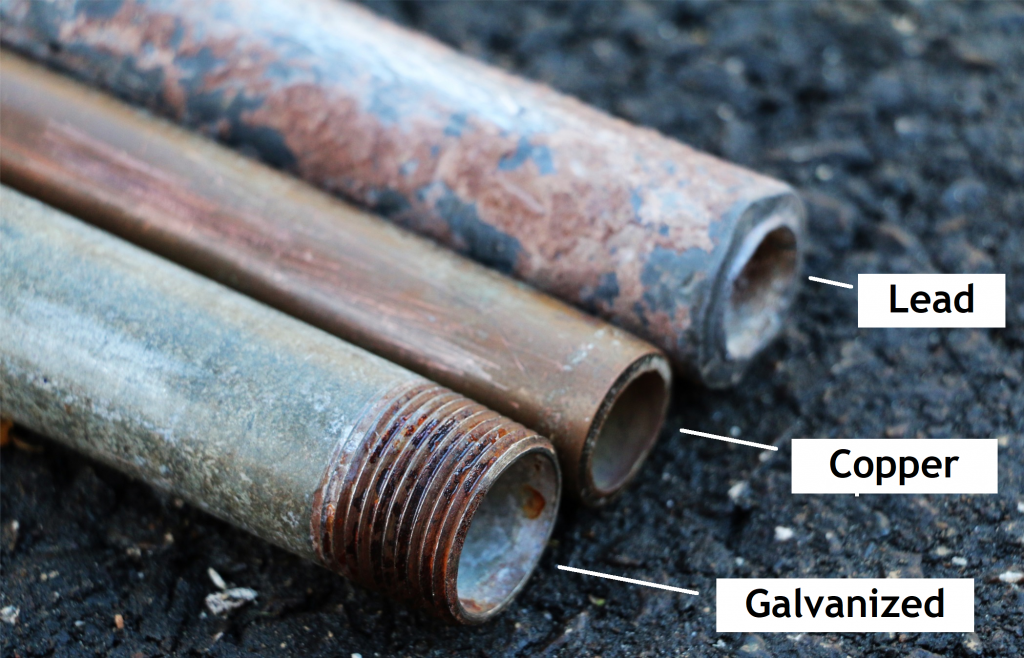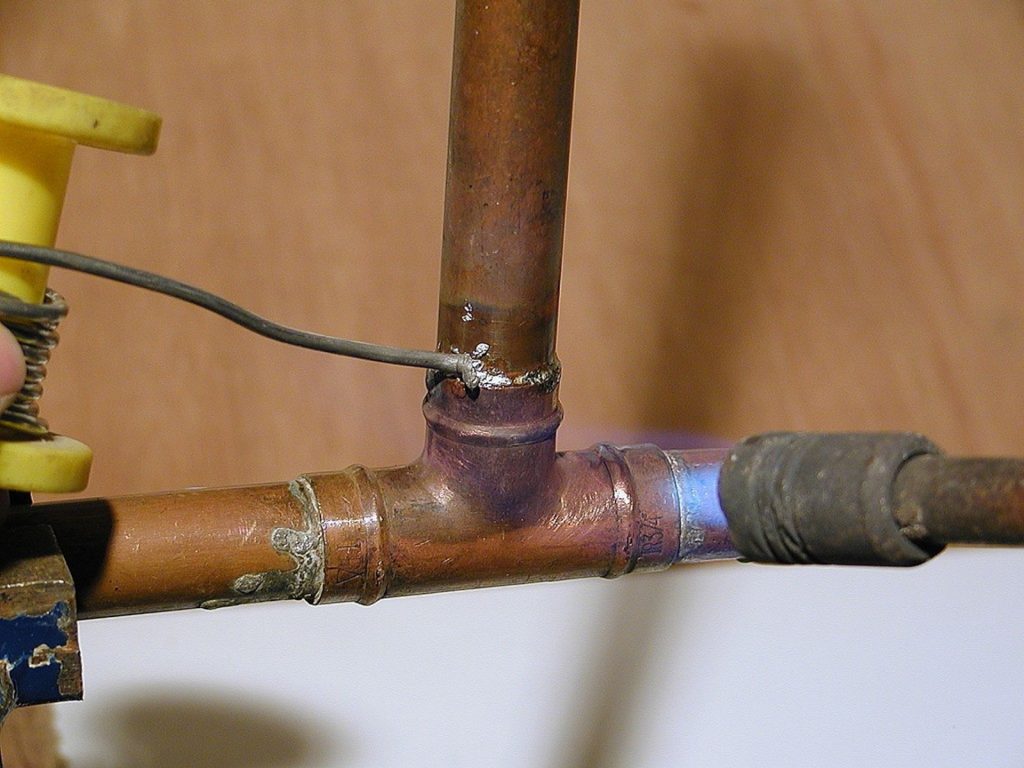Lead is a heavy metal, which is soft and malleable and has a low melting point. It comes from ores that are often associated with silver production, and has been used by mankind for almost 10,000 years.

Lead is very dangerous to human health. For children, lead exposure can cause irreversible and life-long health effects, including affecting IQ, focus, and academic achievement. Drinking water is a potential source of lead in homes.

Prior to 1986, lead-based solder was widely used to join copper water pipes. Some drinking waters which are soft, acidic, and have low alkalinity can pick up (leach out) lead from any solder which is exposed to the water inside the plumbing system. Studies by EPA and others have shown that in the rare instances where conditions are such that lead pick-up occurs, it generally tapers off to a low level quickly after the plumbing system is first put into service, and also that it is almost always associated with long periods of stagnation of the soft, acidic water inside the plumbing system. Lead is considered hazardous and may present a health risk, especially to small children.
Inspecting for and testing of lead is outside the scope of a standard home inspection. As a result, when we suspect that a home has an increased chance of the presence of lead during a home inspection, we issue the following recommendation:
Note: No official lead inspection has been performed. Any information related to this item is being included as a courtesy to our clients. This item is outside the scope of a standard home inspection. No inspection of this item is included in a standard home inspection. If this item is a concern for the client or anyone else involved in the transaction, further evaluation by a qualified licensed contractor is recommended prior to the end of the inspection period.
